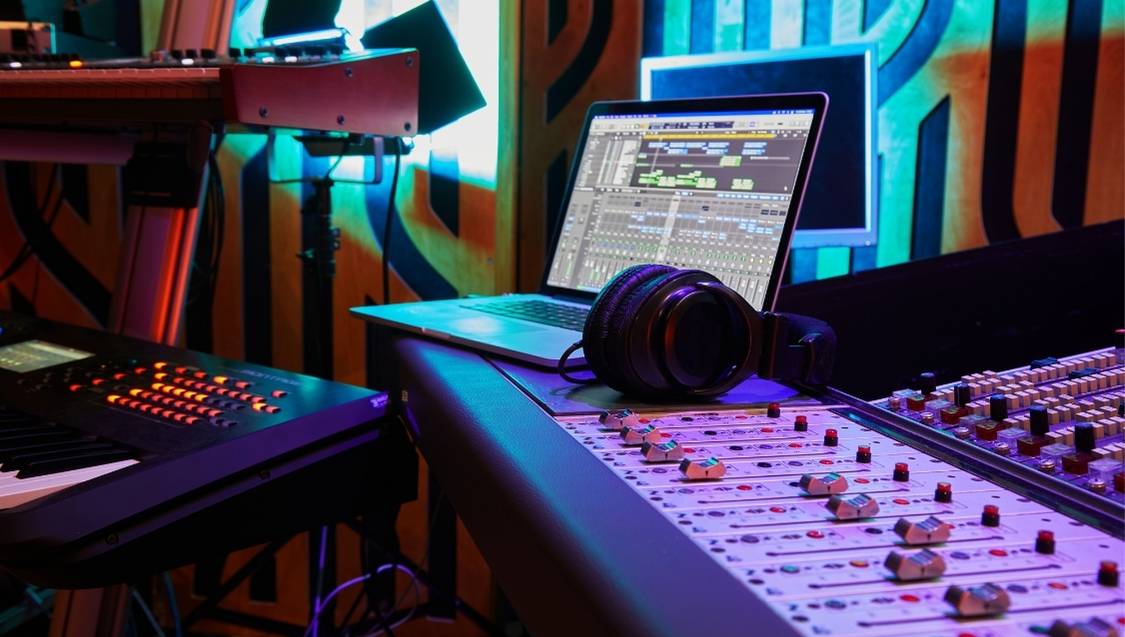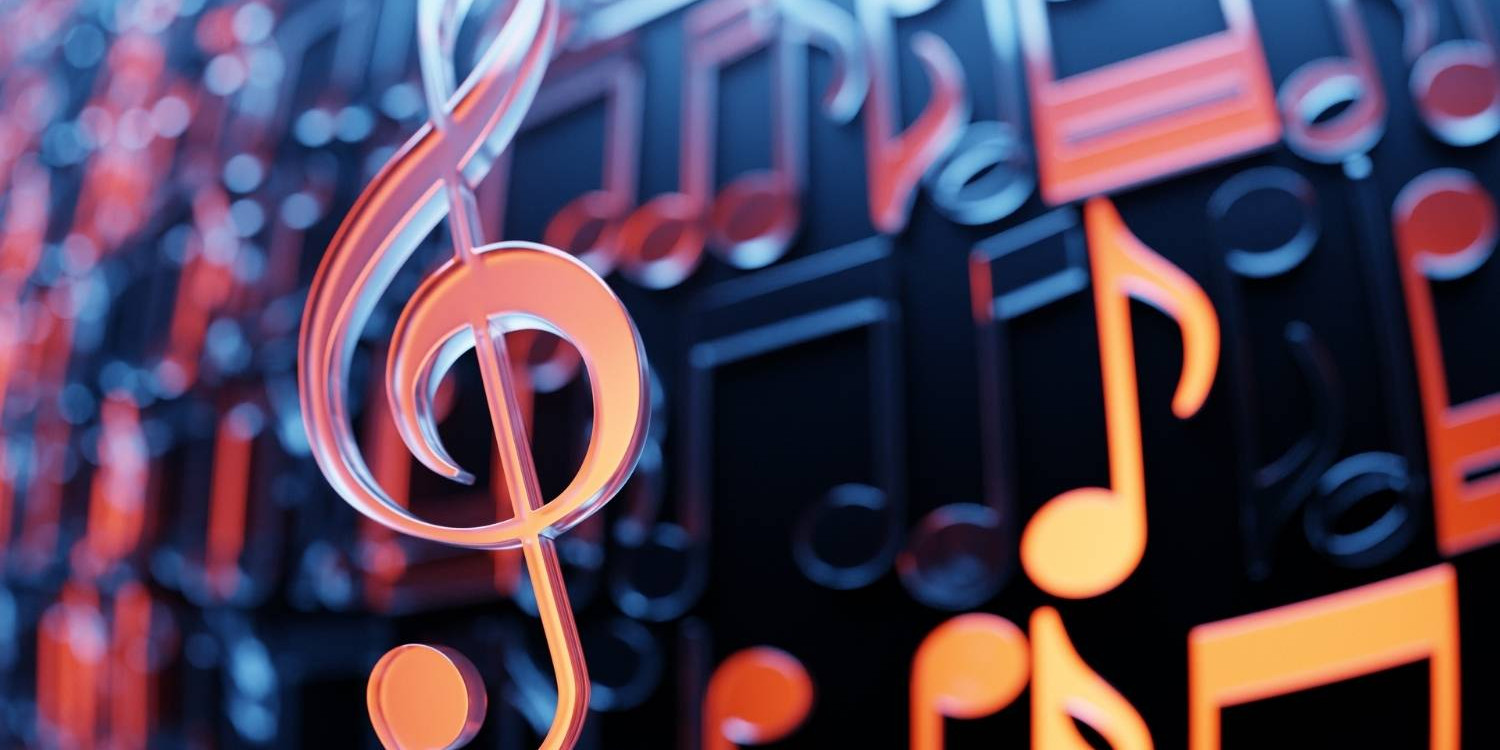In an age dominated by visuals, we often forget the most powerful sense of all — hearing. Sound doesn’t just accompany experience; it defines it. From the pulse of live music to the sonic textures in films, games, and installations, sound design has become the invisible architecture of emotion — shaping the way we think, feel, and connect with the world around us.
Sound Design: The Unseen Storyteller
Good sound design doesn’t demand attention — it commands it. It’s the subtle hum that builds tension in a film, the rhythmic glitch that transforms a beat, the reverberation that gives depth to a space.
Modern audiences may not consciously notice sound design, but they feel it.
The most memorable performances, videos, and experiences are those that integrate sound as a core narrative element, not an afterthought.
Today, sound is storytelling — capable of carrying emotion and meaning beyond language.
The Shift from Music to Sonic Identity
What was once “background noise” is now a brand signature.
From immersive theater to UX audio in apps, companies and artists are realizing that sound design is identity.
Every tone, texture, and transition becomes part of how people experience an environment or product.
That’s why sound designers are the new architects of atmosphere — crafting spaces where emotion and technology coexist.
In the silence between frequencies, meaning is made.
Technology Meets Emotion
Sound design today sits at the intersection of engineering and art.
Tools like granular synthesis, AI-driven audio processing, and spatial sound engines have expanded the creative horizon — giving designers near-limitless control over texture, movement, and immersion.
Yet, the real mastery isn’t technical.
It’s emotional intelligence — knowing how to use silence, dissonance, and resonance to make people feel something real in a hyper-digital world.
As attention spans shrink, the emotional precision of sound has never mattered more.

The Expanding Role of Sound Design
Sound design now touches every aspect of modern culture:
- Film & Media: Building tension, realism, and emotion.
- Gaming & Interactive Art: Creating fully responsive sonic ecosystems.
- Wellness & Therapy: Using frequency and tone to influence mood and focus.
- Live Performance: Turning venues into 360° sensory experiences.
Whether it’s a concert, a short film, or a meditation app — the craft of sound design shapes perception, memory, and meaning.
The Future Sounds Intentional
We’re entering an era where silence will be just as designed as noise.
Artists and brands that understand this will own the next frontier of sensory storytelling.
Sound design is no longer background — it’s the backbone of modern experience.
The next evolution of art, media, and performance won’t be seen first.
It will be heard.



